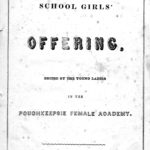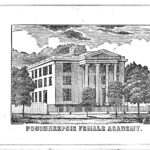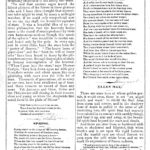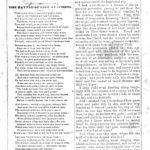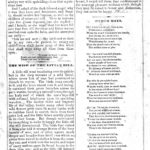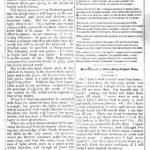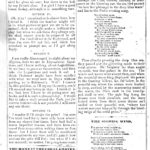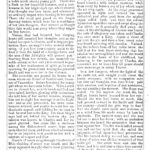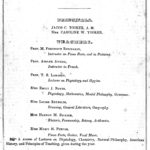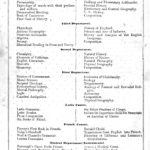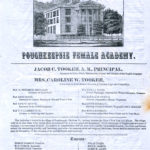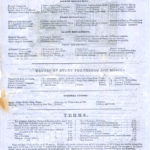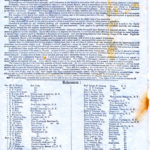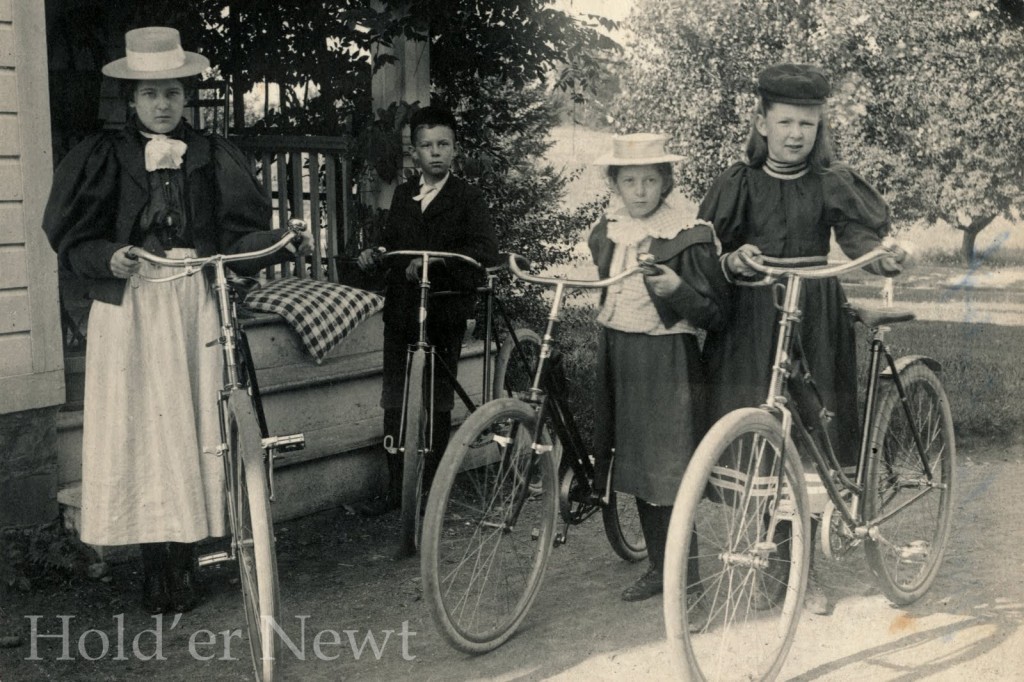A 70″x80″ piece of family and local history was recently passed down to me from a great-aunt who had it passed down to her from her mother. It doesn’t have a name, thought had been calling it “the textile”. On doing some initial research, it appears to be a sort of “signature” quilt. Other names for such a piece are “album” or “autograph” quilt. Names I recognized from my family tree appear on it as well as those of a great many other local folks. I do not know how or why it was created, or even if it was made all at once or over time.
Signature (or Autograph) Quilt: a quilt made from blocks which have been signed on individual blocks. May be made as a friendship quilt by friends and family of the owner, or as a fund raiser. Signature quilts were a popular fund raiser by the Red Cross and some church groups in the early part of the 20th century.
– Quilting.com
It’s constructed of muslin and embroidery thread and is unfinished–both in the sense that it has not been made into a quilt and that the edges are raw. The work is simple and in some squares rahter crude, but it is still something I treasure. Before stowing it carefully in an acid-free archive box, I photographed each of the 42 panels and transcribed the names that appear on each. Almost all of the panels are different, though most of the handwriting is in the same two or three hands, so I’m not sure it qualifies as a “signature” quilt by strict definition of the word.
The area in which the textile was made was surely around where my family lived in the Town of Milan, NY. Some names on it appear to be from the towns of Red Hook, Rhinebeck, Pine Plains, and Milan, in Dutchess County, NY and Gallatin and Livingston in Columbia County, NY. Below is panel #33 which is the only panel to have something other than a name written on it: the year 1903. On looking through the census for 1900 and 1910 I have found many of the same names right where they should be. I am currently researching all of the names on the quilt and plan to publish a book or booklet about the piece in the future.
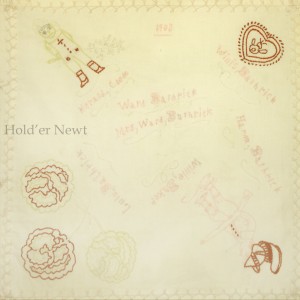
At left, click to enlarge, is Panel 6 – 3 (#33 of 42)
Text: 1903, Herald Coons, Willis Bathrick, Harm Bathrick, Ward Bathrick, Mrs. Ward Bathrick, Willie Baker, Lulu Bathrick. Red, pink, yellow, grey and white embroidery: child, Greek helmet, heart-shape, carnations.

